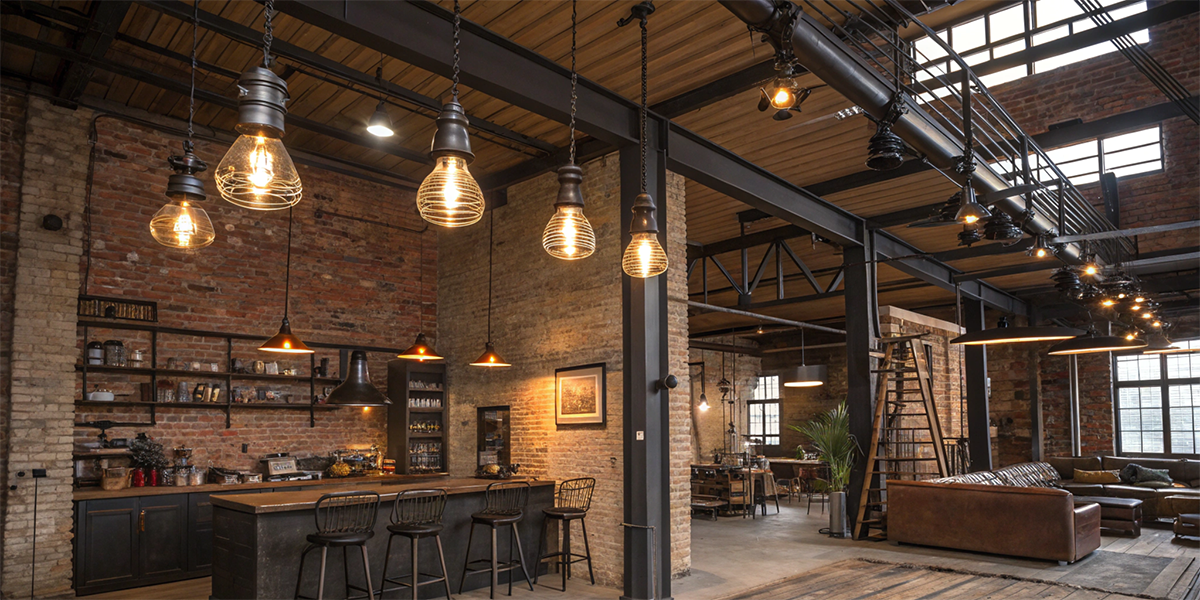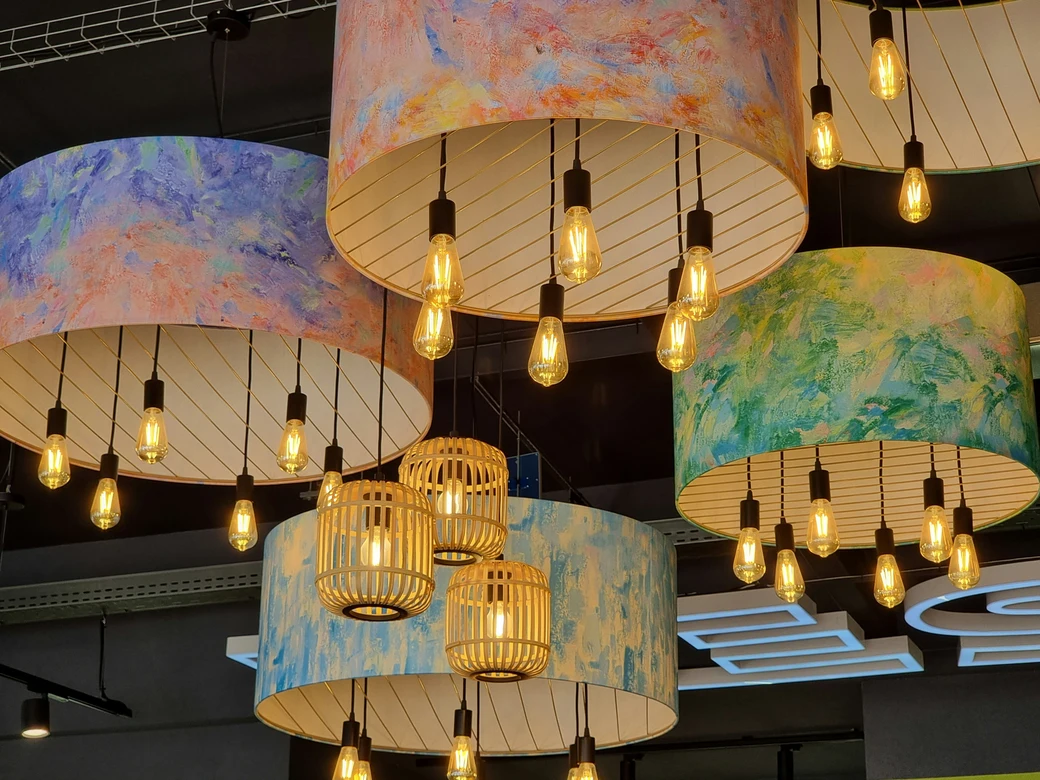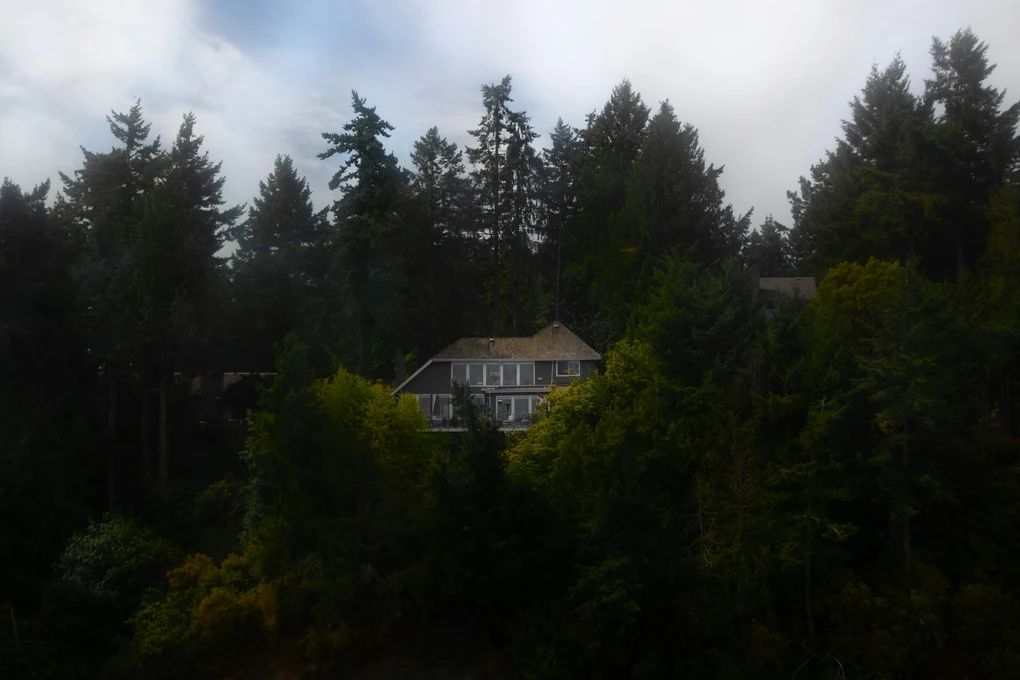Adaptive reuse is reshaping interior design by repurposing industrial buildings, transforming them into chic, modern homes. This sustainable approach blends historical architecture with contemporary design, making it ideal for smart living with a unique aesthetic appeal. By combining industrial charm and modern amenities, adaptive reuse allows homeowners to live in distinctive spaces where functionality meets style.
What is Adaptive Reuse?
Adaptive reuse is a design practice that preserves existing structures by repurposing them for new uses, rather than tearing them down. This trend often involves converting factories, warehouses, or other industrial spaces into residential homes, celebrating the architectural history while infusing the spaces with modern style. Adaptive reuse has become a sustainable choice for urban renewal, allowing cities to conserve resources while creating unique living environments.

Benefits of Adaptive Reuse
- Environmental Sustainability: Adaptive reuse reduces the need for new materials, conserves energy, and limits waste, making it an eco-friendly alternative to new construction.
- Unique Aesthetic Appeal: Original features such as brick walls, concrete floors, and high ceilings create a distinctive, stylish look that combines rustic charm with modern design.
- Cost-Effective Transformation: Repurposing industrial buildings can be more affordable than new builds, especially when foundational elements are preserved.
- Preservation of History: Adaptive reuse retains architectural heritage, allowing future generations to experience the cultural significance of historical structures.
- Flexible, Spacious Layouts: Industrial buildings often have open floor plans and high ceilings, providing flexibility for creative layouts and personalized decor.

Noteworthy Adaptive Reuse Projects
The Tannery Lofts, Toronto: Originally a leather tannery, this building has been converted into modern lofts that retain original brick walls and wooden beams, blending historic charm with contemporary living.
The Pencil Factory Lofts, Brooklyn: Once a pencil manufacturing facility, this building now offers residential lofts that showcase high ceilings, large windows, and exposed brick, preserving its industrial heritage.
The Ice House Lofts, Tucson: Formerly an ice manufacturing plant, this structure has been transformed into unique lofts featuring original concrete walls and industrial aesthetics, providing a distinctive living experience.
The Mattress Factory Lofts, Atlanta: This building, once a mattress manufacturing facility, has been repurposed into stylish loft apartments that maintain industrial elements like exposed ductwork and large factory windows.
The Shoe Factory Lofts, Milwaukee: Originally a shoe manufacturing plant, this building now houses modern lofts that preserve historical features such as hardwood floors and exposed brick, offering residents a blend of history and modernity.

How to Style an Industrial Chic Home: Design Tips
To create a cohesive and stylish adaptive reuse home, use these design tips:
- Emphasize Original Features: Highlight elements like brick walls, metal beams, and concrete flooring for authenticity and character.
- Incorporate Minimalist Decor: Keep furnishings simple to let the architectural features stand out. Choose neutral colors and streamlined furniture for a balanced look.
- Select Industrial Lighting: Opt for lighting fixtures that enhance the industrial vibe, such as Edison bulbs and metal pendant lights, to create ambiance.
- Soften with Natural Textures: Add warmth with rugs, leather furniture, or wooden accents that soften the raw industrial elements.
- Integrate Smart Tech Thoughtfully: Incorporate smart lighting or temperature control to modernize the space while maintaining its historic aesthetic.

Future Trends and Design Impact
As urban spaces evolve, adaptive reuse is set to become even more popular, supported by trends like:
- Integration of Smart Home Features: Adaptive re-use homes may incorporate smart tech for lighting, temperature, and security control, blending convenience with historical charm.
- Eco-Friendly Materials: Expect increased use of sustainable materials such as reclaimed wood and recycled metals, adding an extra layer of eco-conscious design.
- Hybrid Spaces: Adaptive re-use may lead to spaces that serve multiple functions, such as combining residential and co-working areas, ideal for city living.
Adaptive reuse aligns perfectly with modern values of sustainability and historical preservation, making it a top choice for those seeking homes that are both functional and unique.

Industrial Charm for Smart Living
Combining industrial charm with modern functionality requires careful planning. Here are some tips to balance style and utility:
- Opt for Neutral, Industrial Colors: Use colors like black, gray, and white, which enhance the raw materials while keeping the look modern and minimalist.
- Maximize Vertical Space: High ceilings in industrial spaces offer room for vertical storage or shelving, creating an open and organized layout.
- Invest in Multi-Functional Furniture: Choose foldable or modular pieces to maintain flexibility and make the most of open floor plans.
- Add Greenery: Indoor plants soften the industrial look and bring a touch of nature, creating a fresh, welcoming atmosphere.
- Incorporate Subtle Smart Tech: Select tech gadgets that blend with the decor, enhancing the convenience of smart living without disrupting the aesthetic.

More about Adaptive Reuse
- What is adaptive reuse in interior design?
Adaptive reuse is a sustainable practice that repurposes buildings for new uses, transforming them to fit modern needs while preserving original architecture. - Why is adaptive reuse considered sustainable?
Adaptive reuse reduces the need for new materials, minimizes demolition waste, and preserves architectural heritage, making it an eco-friendly option. - How much does it cost to convert an industrial building into a home?
Costs vary, but adaptive reuse is often more economical than new construction, especially when structural elements are preserved. - What are popular design features in industrial chic homes?
Exposed brick, metal beams, concrete floors, and open layouts are typical elements in industrial chic design. - Are adaptive reuse homes energy-efficient?
Adaptive reuse homes can be energy-efficient when upgraded with smart tech, modern insulation, and sustainable materials. - What types of buildings are ideal for adaptive reuse?
Common buildings include factories, warehouses, mills, and breweries, which offer ample space and architectural features. - How do I achieve an industrial chic look in my home?
Use elements like raw brick, concrete floors, minimalist decor, and vintage pieces for a stylish industrial aesthetic. - Can adaptive reuse projects increase property value?
Yes, adaptive reuse homes are often valued higher due to their unique aesthetic and historical significance. - Do adaptive reuse projects require special permits?
Yes, depending on location and structure, these projects may need zoning changes or preservation approvals. - Is adaptive reuse common outside of cities?
While popular in urban areas, adaptive reuse is also applied to rural structures like barns and mills, bringing modern living to rustic spaces.

Inspired by adaptive reuse and the industrial chic aesthetic?
Explore Designs24hr for ideas on balancing modern living with historical charm. Explore our Living Spaces section for more insights on sustainable design trends.
Check out our Living Spaces category for creative ideas, or explore Tech Life to see how technology complements innovative design.







